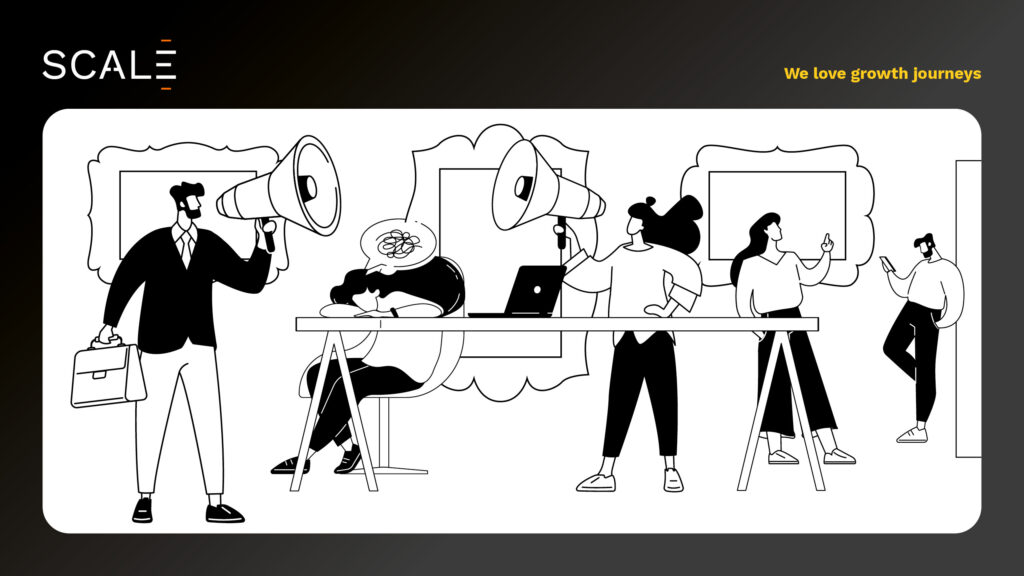
This morning, I was talking to the head of R&D of a tech company. He was a little overwhelmed with the projects on hand and how to manage his team. I asked him to show me the meeting agenda of his R&D team weekly meeting, and the issue quickly became apparent. He had many items on the meeting agenda, more than could be covered in the time, and they were in a haphazard order, seemingly starting with the one added first, and so on down.
So, I shared with him the ‘art gallery principle’. If you visit an art gallery with the family, how it usually works is that you enter the first gallery and start looking around. Everyone is alert and full of questions and comments about each piece. You linger and have a good look, giving the art your full attention. Then you enter the second gallery. Now the children are starting to get a little bored, and your feet begin to ache, so the second gallery gets a shorter visit. The third one is even shorter, and so on through the galleries, until the final few are just a sprint to the coffee shop.
The relative merit of the art has no bearing on the attention given, which simply drops in direct order sequence of visit.
It works the same way in meetings. Whatever is at the top of the agenda gets not only the highest quality attention whilst everyone is fresh and alert, but also a disproportionately large time allocation. This is due to a cognitive bias called ‘anchoring bias’, where people unconsciously underestimate the time impact and relative importance of issues being discussed versus those still to come.
The solution is simple – spend time before each meeting putting agenda items in order of importance. Think – ‘if I could only solve 2-3 items in this meeting, which would they be?’ and put them first. It sounds simple but is surprisingly rare. This basic act of meeting hygiene must be mandatory for anyone leading a team meeting. Not doing so is doing a great disservice to your team, not only will you waste time, but you will also frustrate everyone present, and lower expectations of meeting productivity across the team, and ultimately making you less effective.
Have you had the experience at a group meeting where inordinate time and attention is put into an issue of minor significance just because it’s first on the agenda? It is the most frustrating thing. This is why it’s a bad idea to start a meeting with an open question like ‘Is there anything missing from the agenda anyone would like to add?’. Just the discussion alone around the ideas will burn up the most valuable part of the meeting. It’s also why ice breakers and other energiser activities must be tightly controlled; you’re using your prime time slot.
Take a look at how we can help you improve your meetings and other aspects of running your business by following the Scale Model and harnessing the full power of our strategic pillars.
You can find more about the Scale Model Checklist was developed here.
Find out more about how we can help you grow your company by looking into our memberships here.
Get updates on special events.
Website design by PATTEN DESIGN